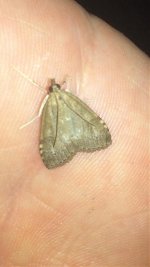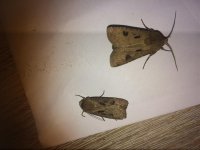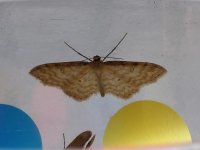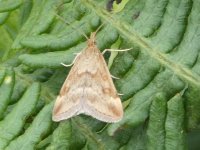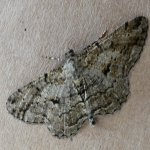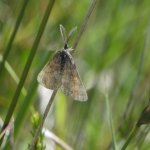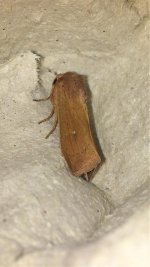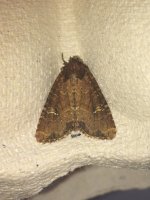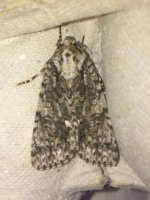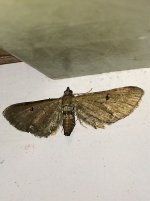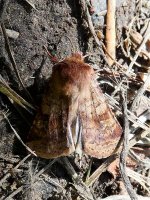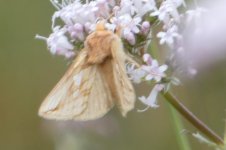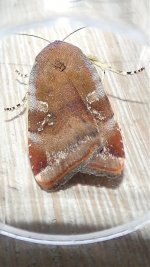thomasclark1985
Well-known member
Hi,
Here a few moths that I'm struggling to ID in my guides, Hoping someone could help. I've had a go at most of them, but not confident.
1 - Udea prunalis?
2 - Heart and Dart (the size difference is puzzling me! Making me think one, both or neither are)
3 - Dwarf Cream Wave? I was hoping for Isle of Wight Wave, but the guide says former resident - presumed extinct... It has a very distinctive dark streak on the leading edge though not just at the base, so I'll leave it up to someone more knowledgeable.
4 - No idea on this one, thumbed every page in micro/macro guides, probably flicked past it a few times!
5 - Really struggling with this, I think I've convinced myself it's every Beauty in the guide at some stage, but now I'm going with Mottled or Great Oak Beauty.
Any help would be great,
Tom
Here a few moths that I'm struggling to ID in my guides, Hoping someone could help. I've had a go at most of them, but not confident.
1 - Udea prunalis?
2 - Heart and Dart (the size difference is puzzling me! Making me think one, both or neither are)
3 - Dwarf Cream Wave? I was hoping for Isle of Wight Wave, but the guide says former resident - presumed extinct... It has a very distinctive dark streak on the leading edge though not just at the base, so I'll leave it up to someone more knowledgeable.
4 - No idea on this one, thumbed every page in micro/macro guides, probably flicked past it a few times!
5 - Really struggling with this, I think I've convinced myself it's every Beauty in the guide at some stage, but now I'm going with Mottled or Great Oak Beauty.
Any help would be great,
Tom




